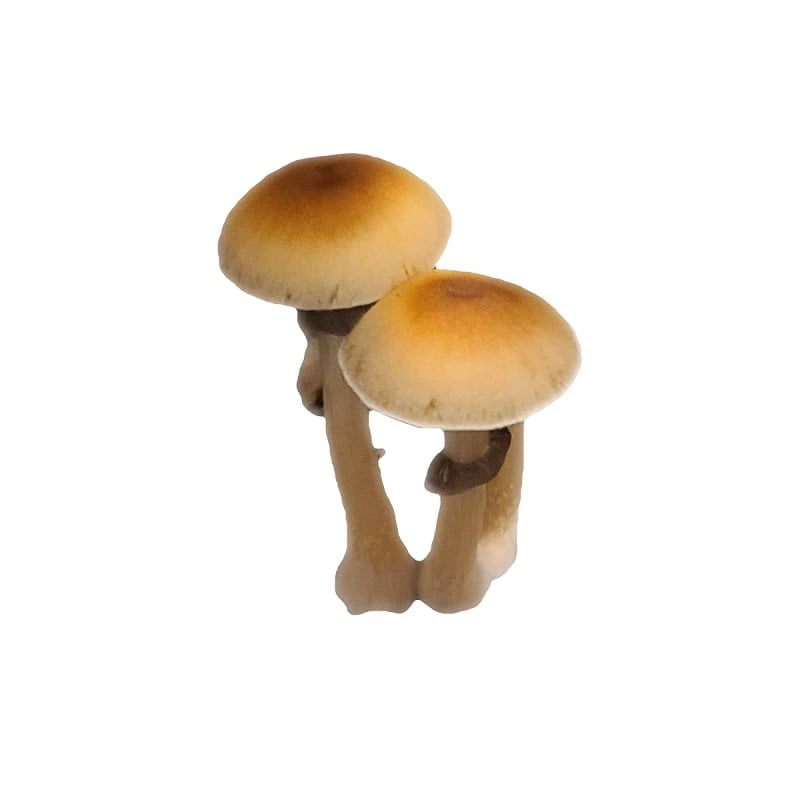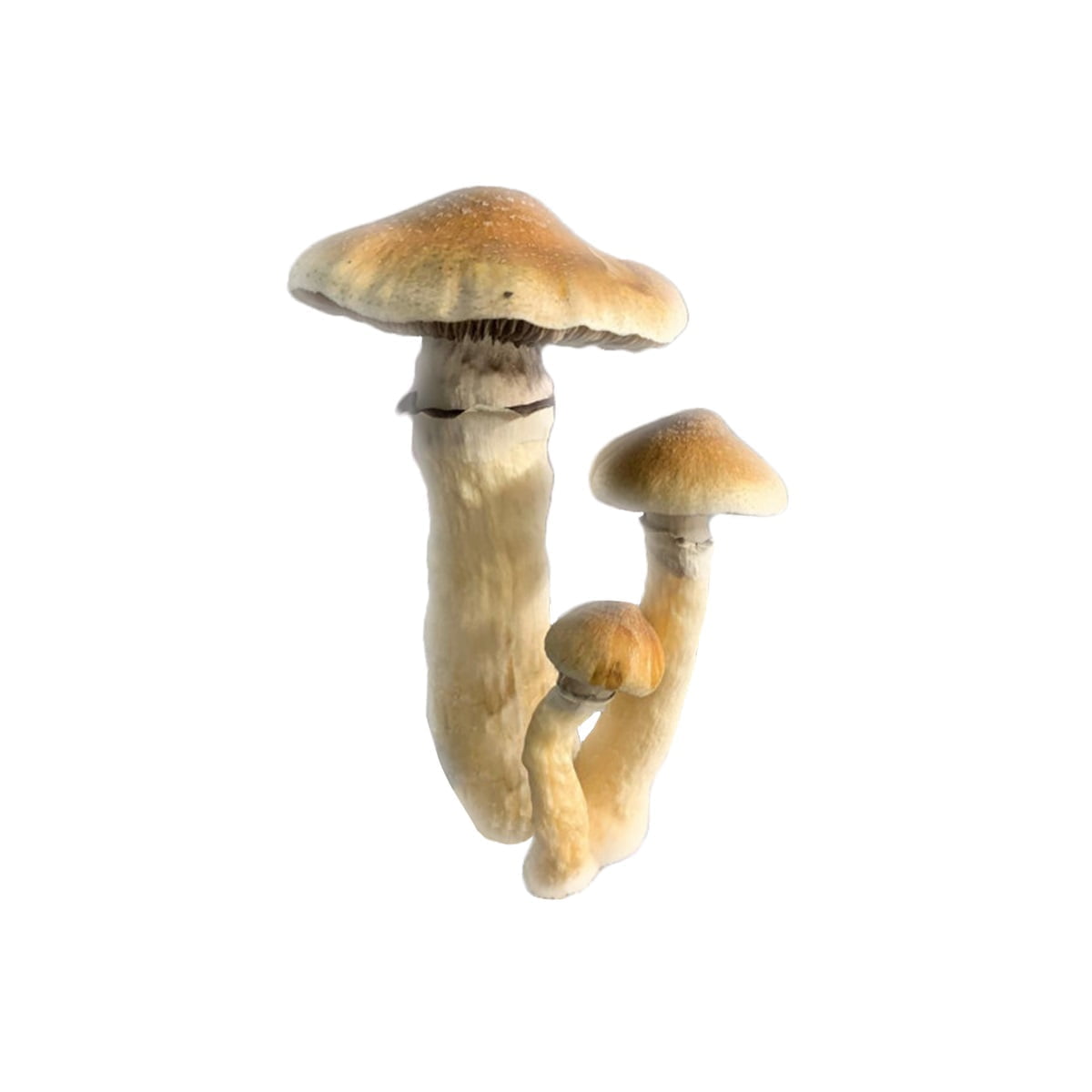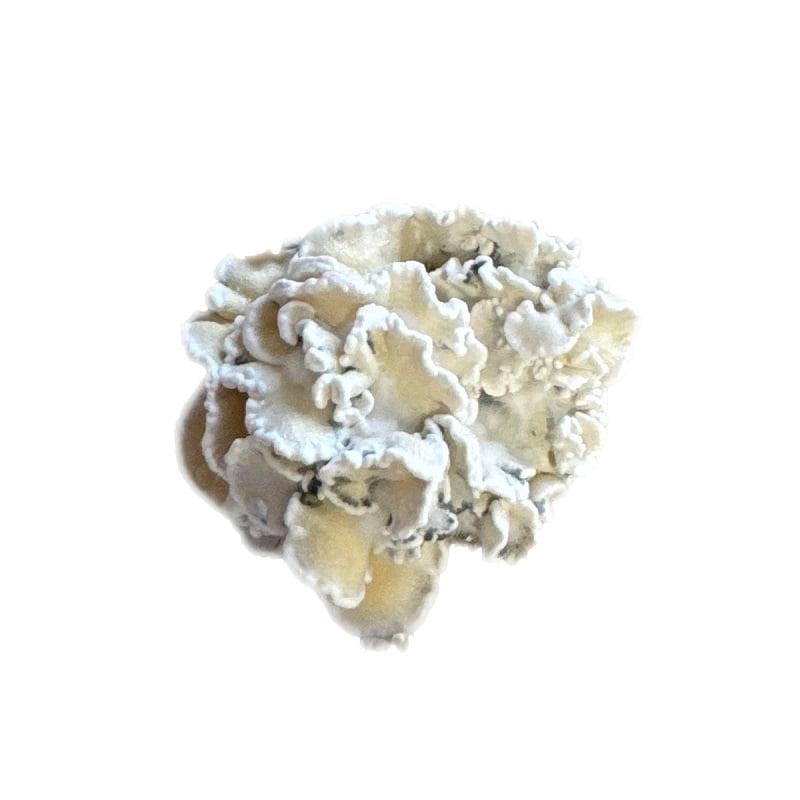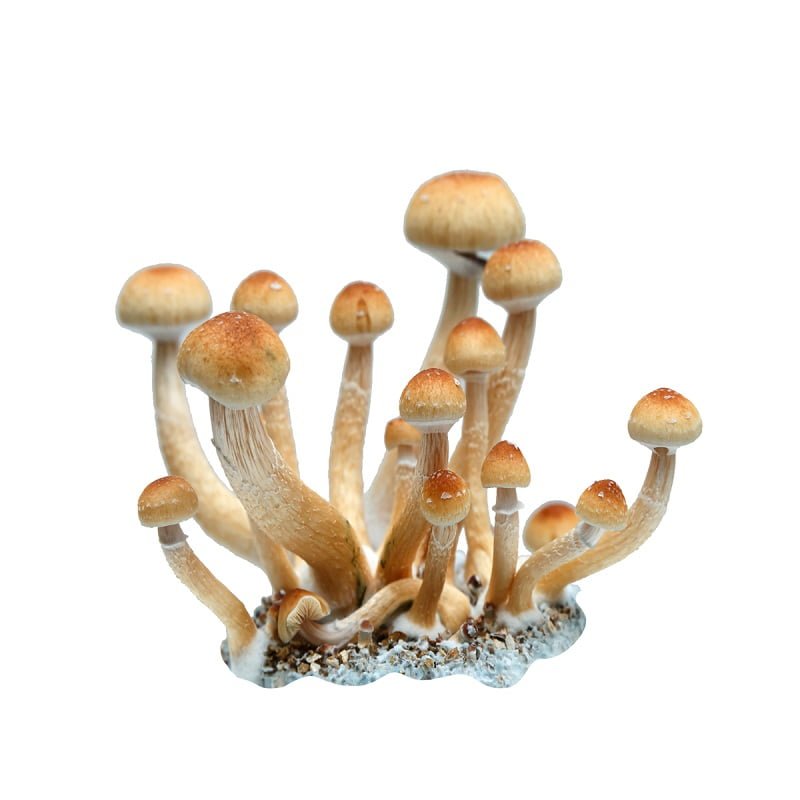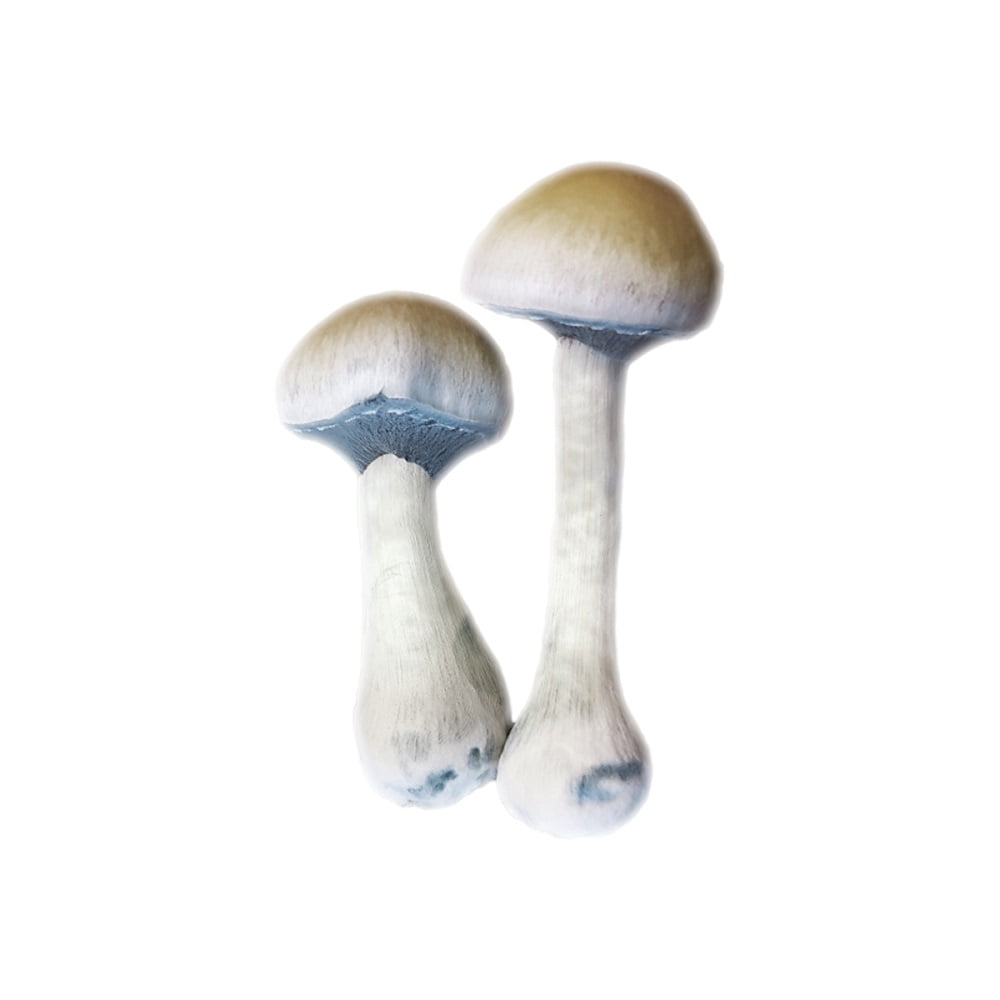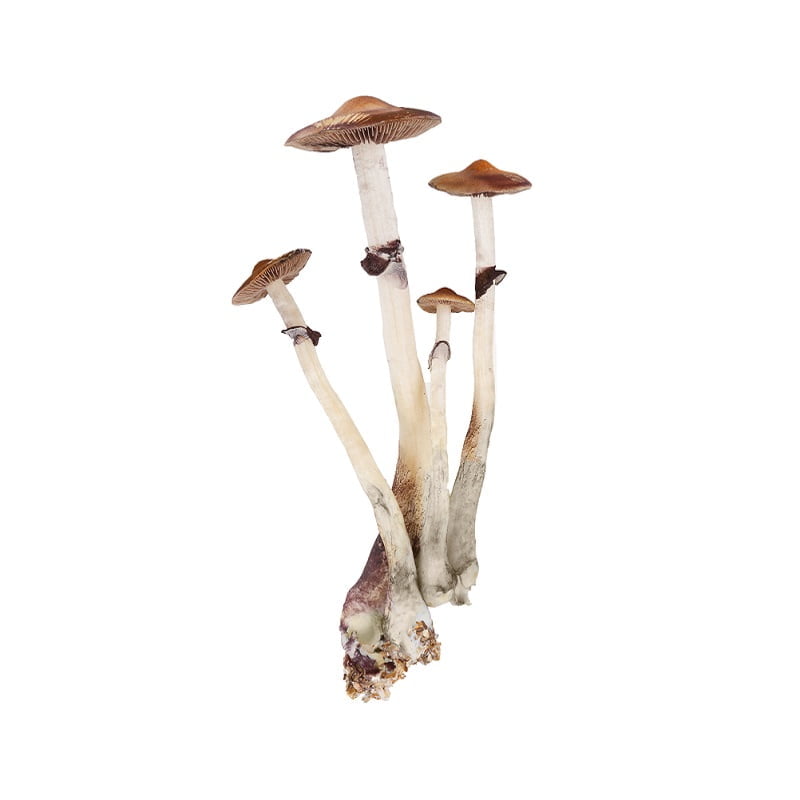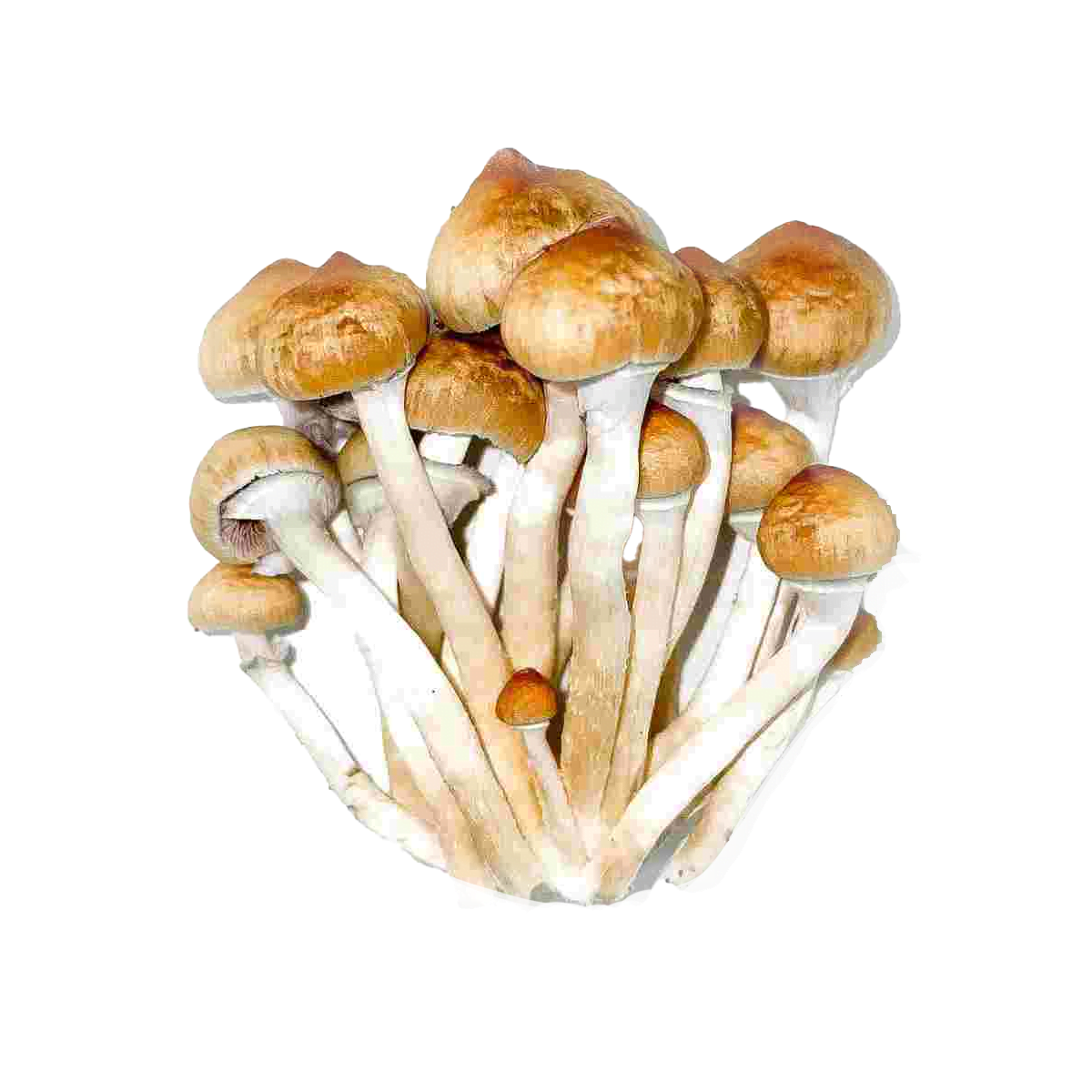Description
Mazatapec Mushroom Liquid Culture
The Mazatapec Mushroom Liquid Culture is a distinguished strain with deep historical and cultural roots in the Mazatec region of Oaxaca, Mexico. Celebrated for its distinctive growth characteristics and enduring legacy, Mazatapec remains a key subject in academic mycology and cultural studies. This strain is offered strictly for microscopy, educational, and research purposes.
Origin and Academic Relevance
Named after the indigenous Mazatec people, the Mazatapec strain pays homage to a lineage of ancestral knowledge and traditional uses of fungi in ceremonial contexts. While the cultural relevance of this strain remained largely undocumented until the mid-20th century, its importance has since become recognized in research circles for its biological uniqueness and cultural symbolism.
Morphological Traits
Mazatapec mushrooms are noted for their robust and elongated stems, paired with broad, bell-shaped caps. As they mature, the caps shift in color from deep gold to a softer caramel hue, creating a visually striking specimen under the microscope. The strain is well-regarded for its resilience and adaptability to a range of environmental conditions—traits that make it a compelling focus for growth studies and mycological research.
Scientific and Genetic Significance
Mazatapec stands out for its stable genetics and consistent expression across generations, making it a valuable subject for those studying fungal development and diversity. Its mycelial behavior, colonization patterns, and morphological markers offer meaningful data for understanding fungal adaptation, symbiosis, and ecological relationships within the larger spectrum of microscopy cultures.
Educational Contribution
This strain continues to play a central role in expanding academic understanding of fungal morphology and taxonomy. It offers an excellent case study in how environment, lineage, and adaptation shape the physical traits and growth behaviors of cultured fungi. For educators, students, and researchers, Mazatapec provides a unique opportunity to examine the intersection of biology and cultural history.
Conclusion
The Mazatapec Liquid Culture is more than just a microscopy specimen—it represents a fusion of tradition, science, and ecological observation. With its striking physical attributes, reliable growth patterns, and culturally rich background, this strain remains a staple in the ongoing study of fungal biology and history. SporesMD is proud to offer this culture as part of our curated collection for academic and educational use, supporting the exploration of fungal diversity and scientific discovery.


